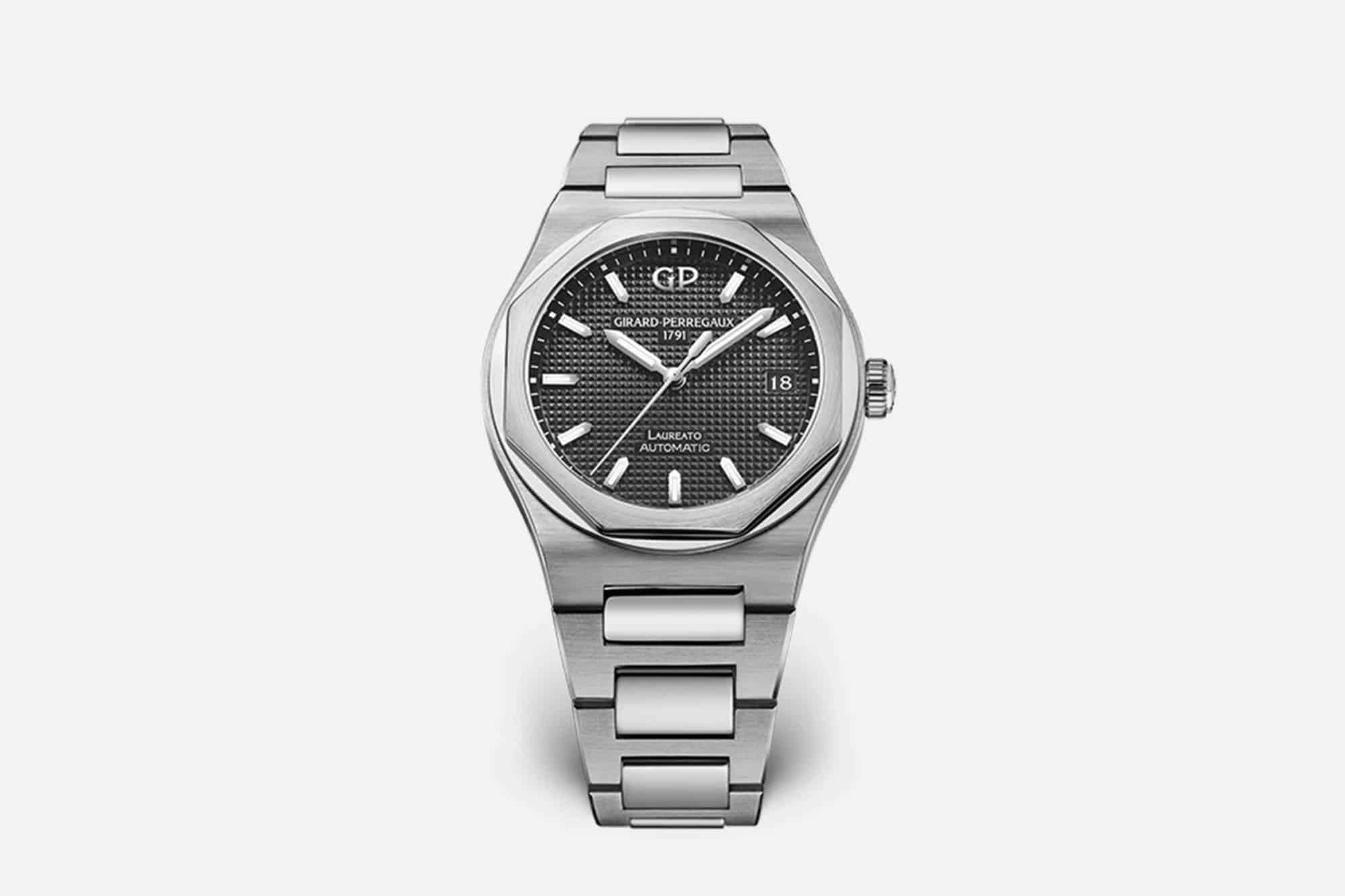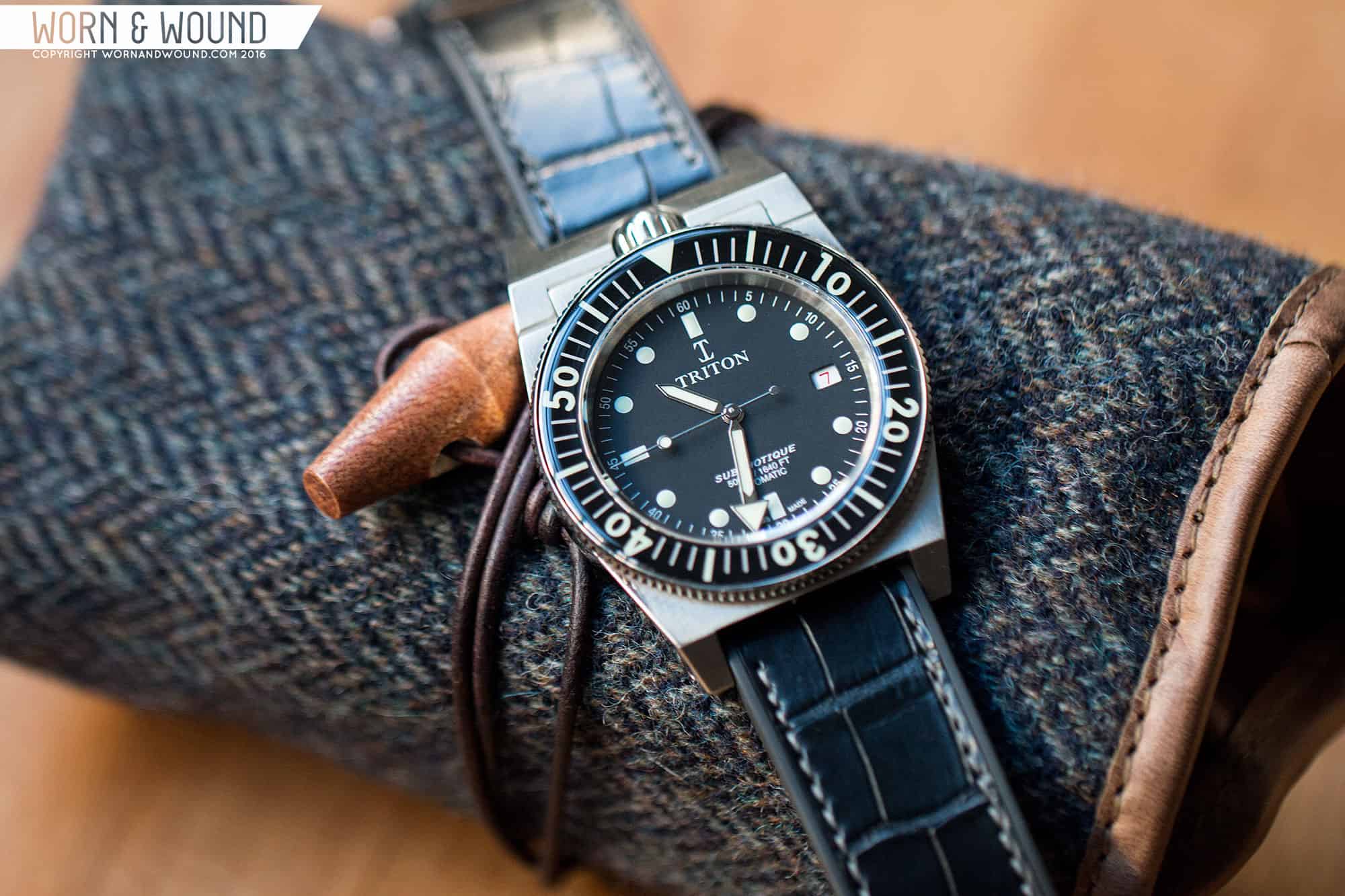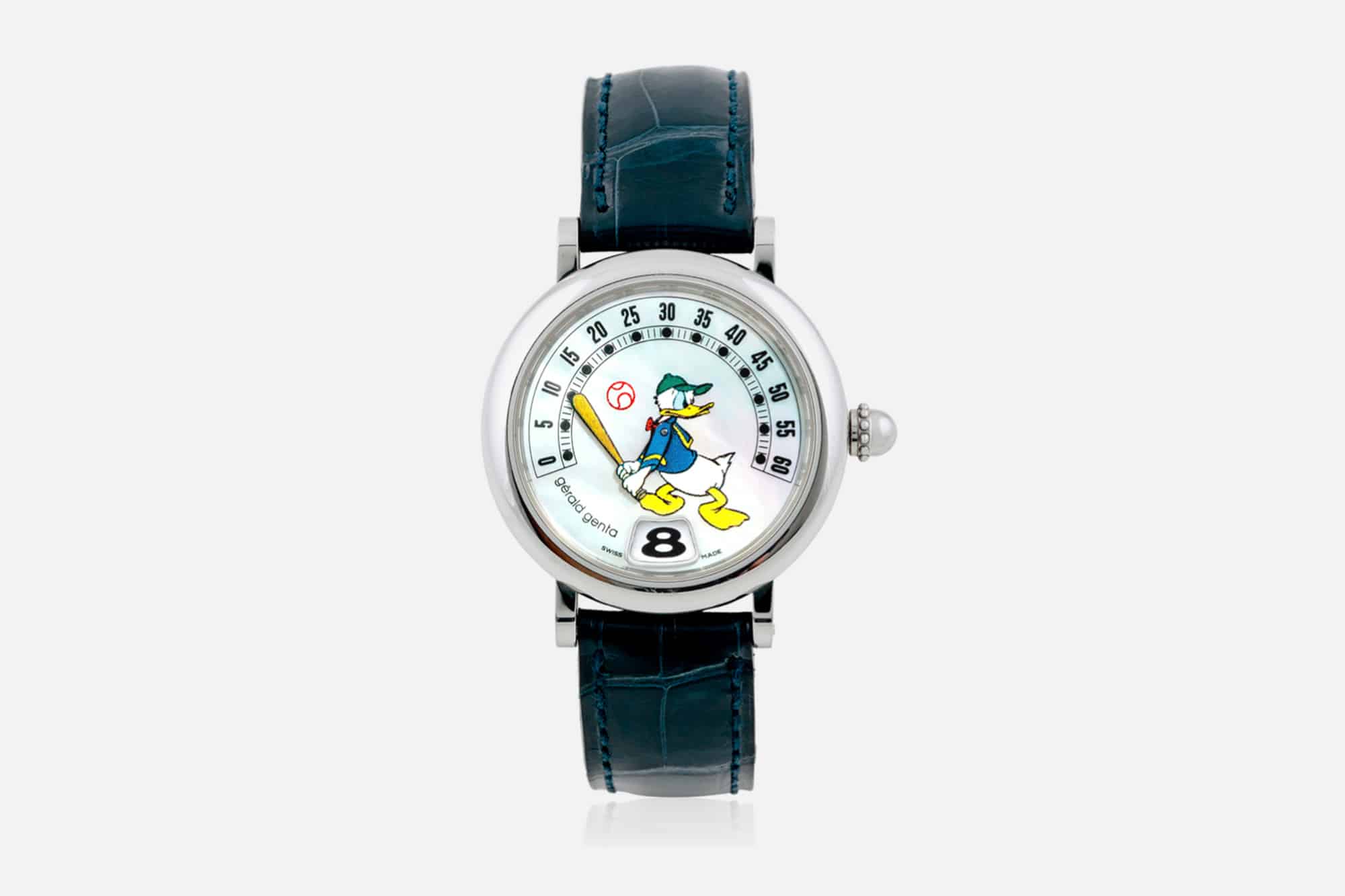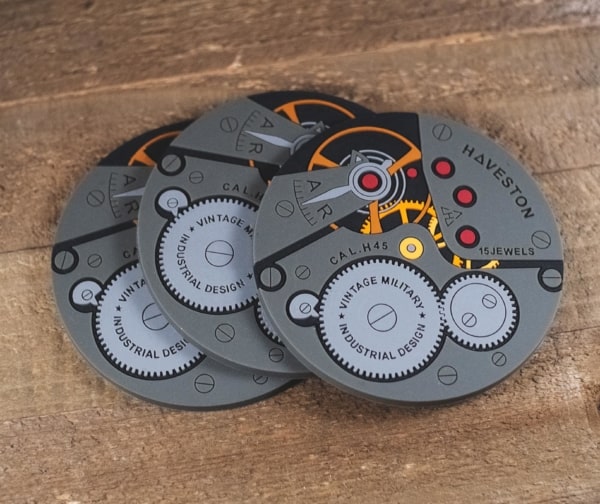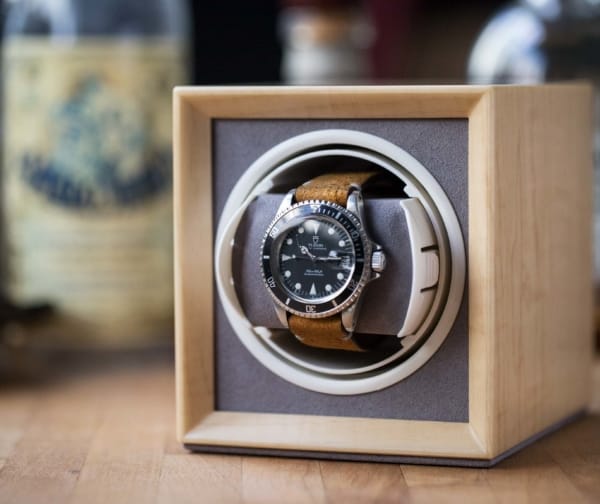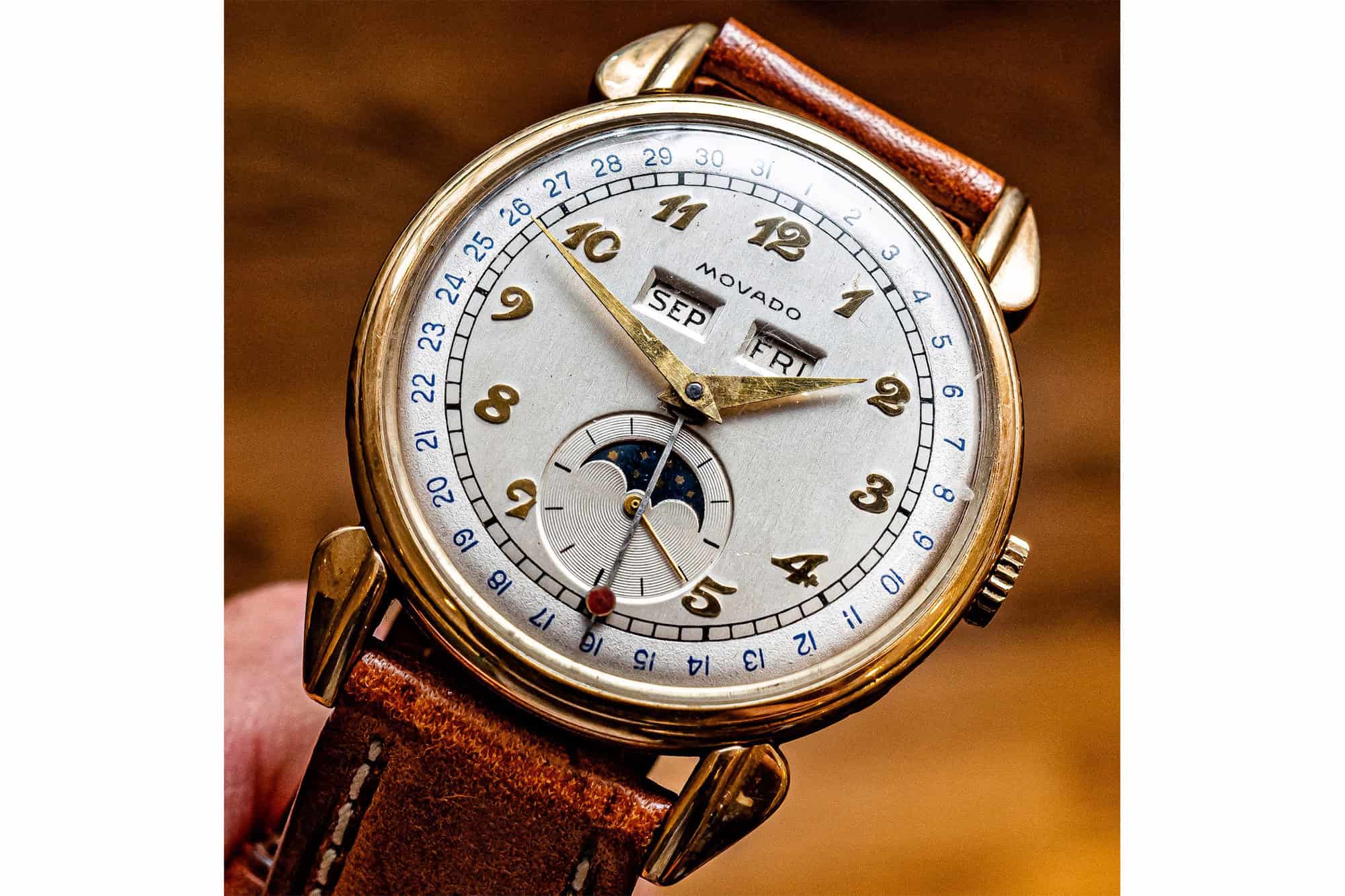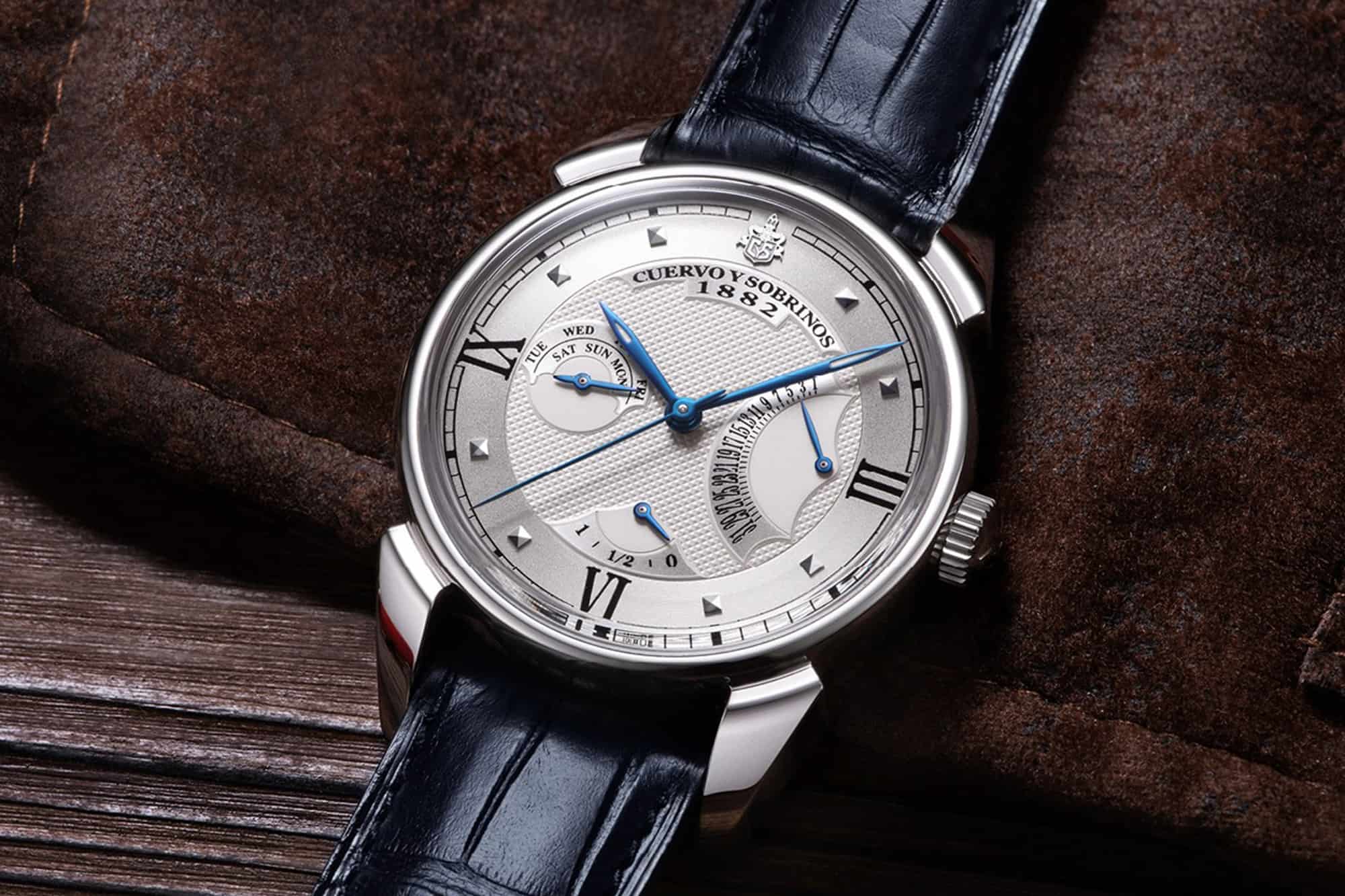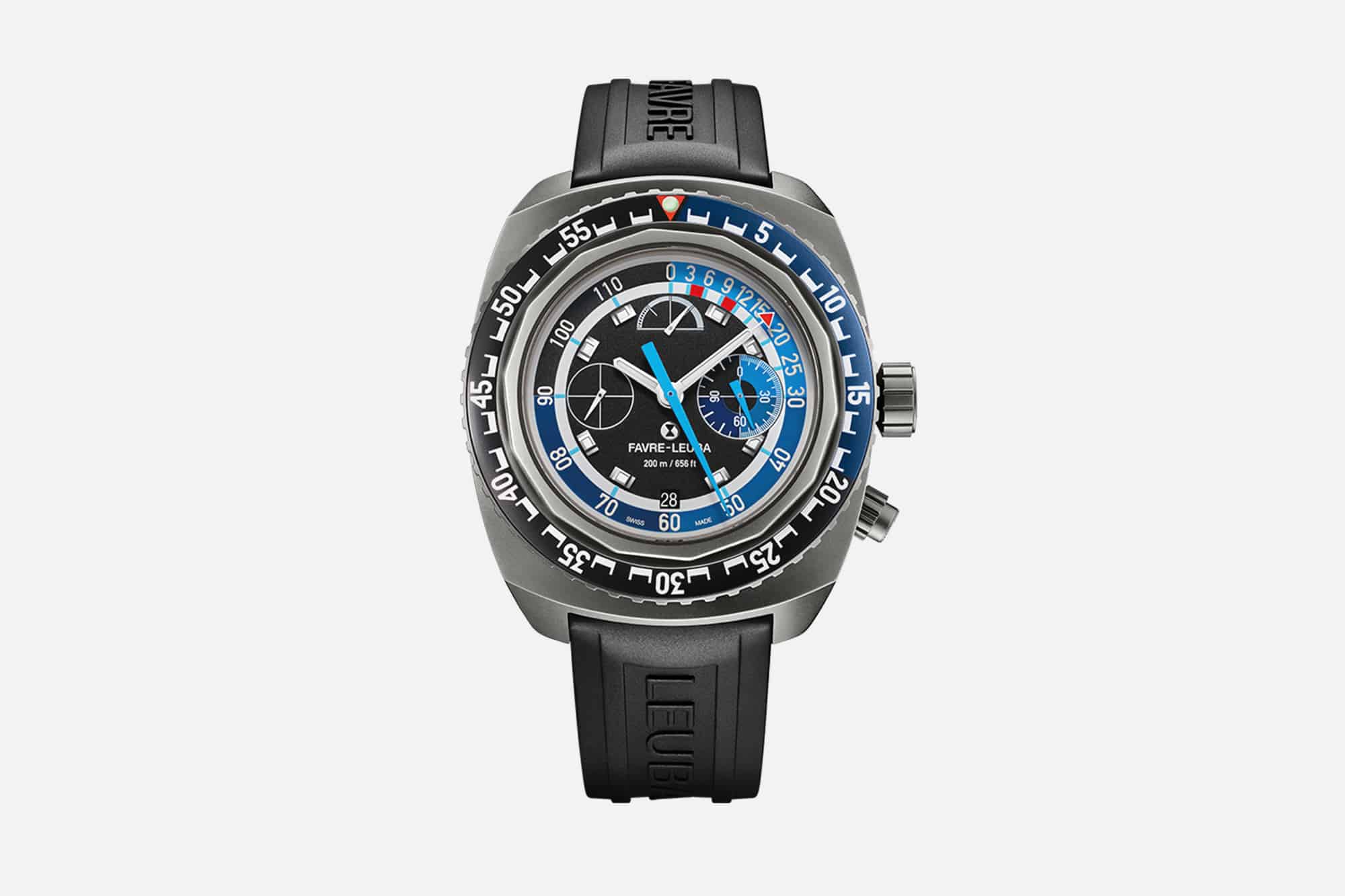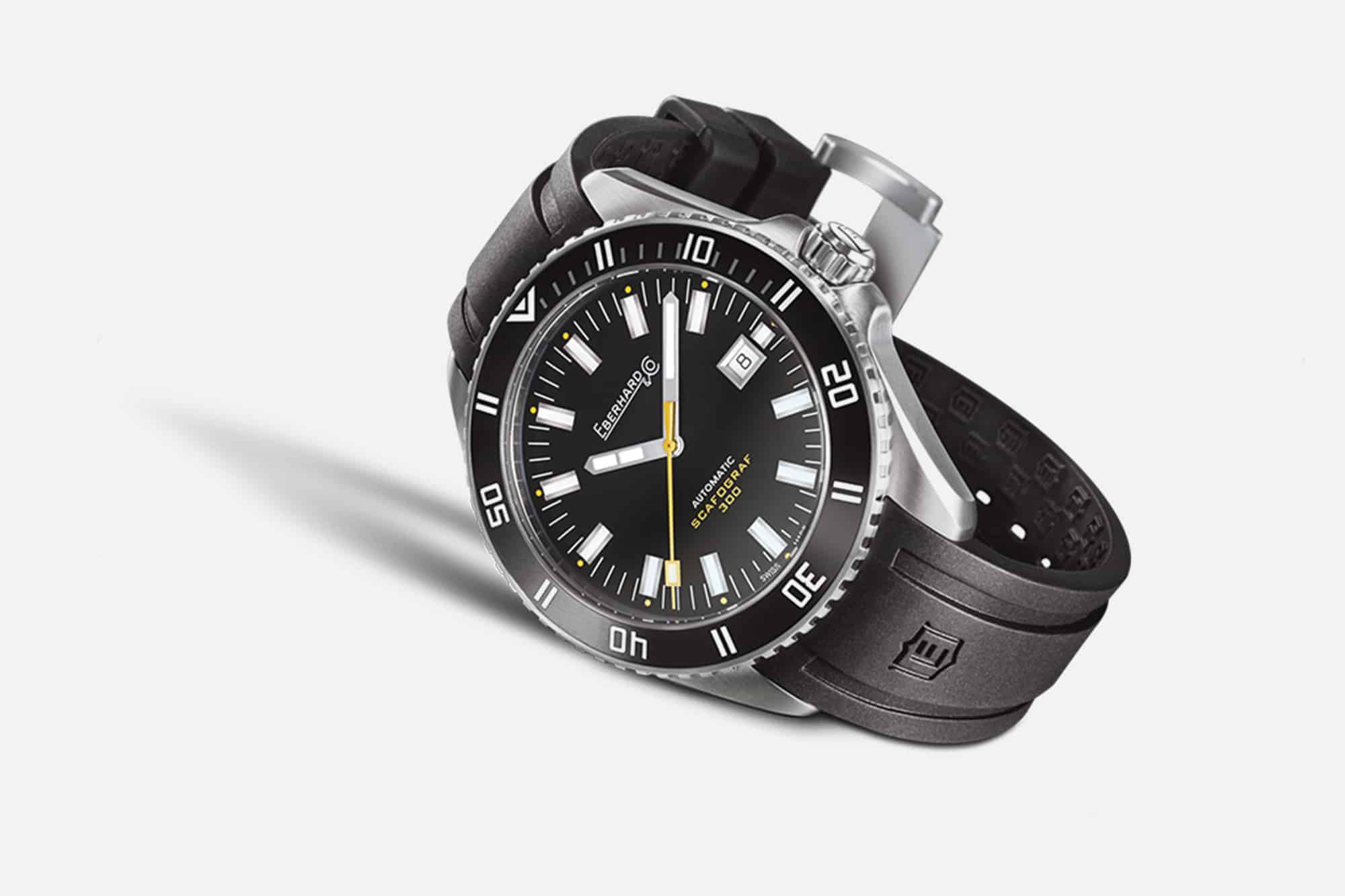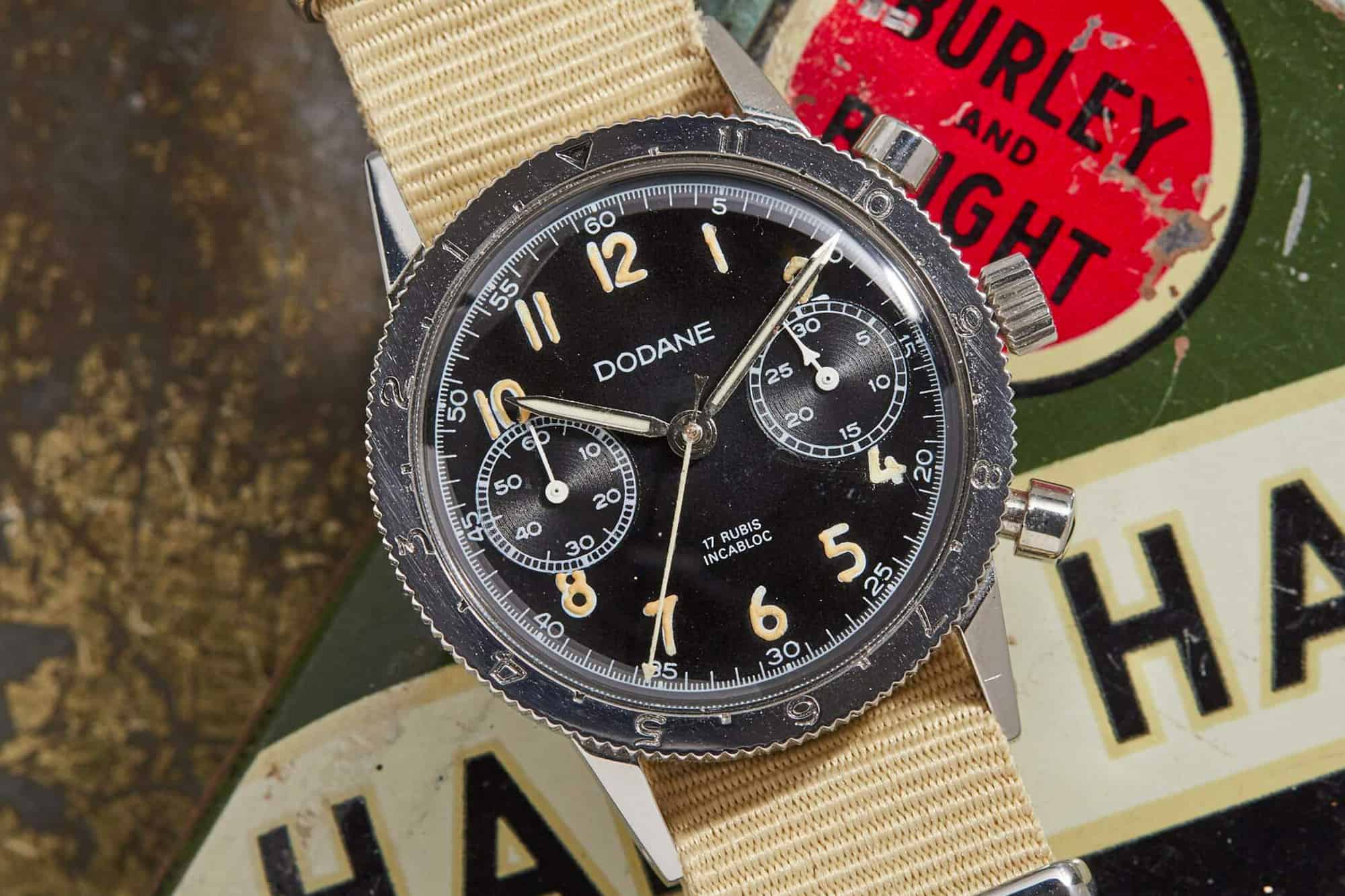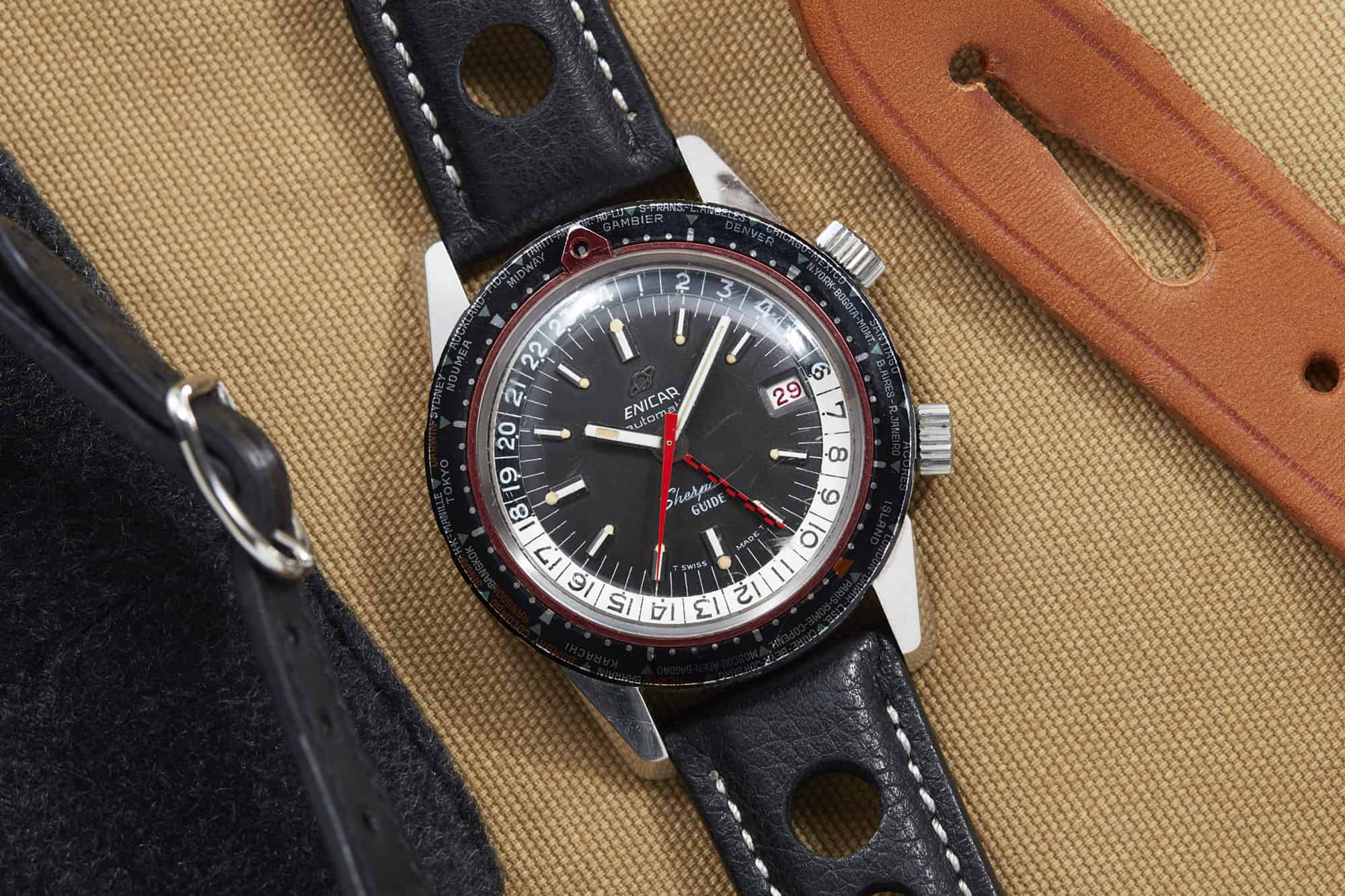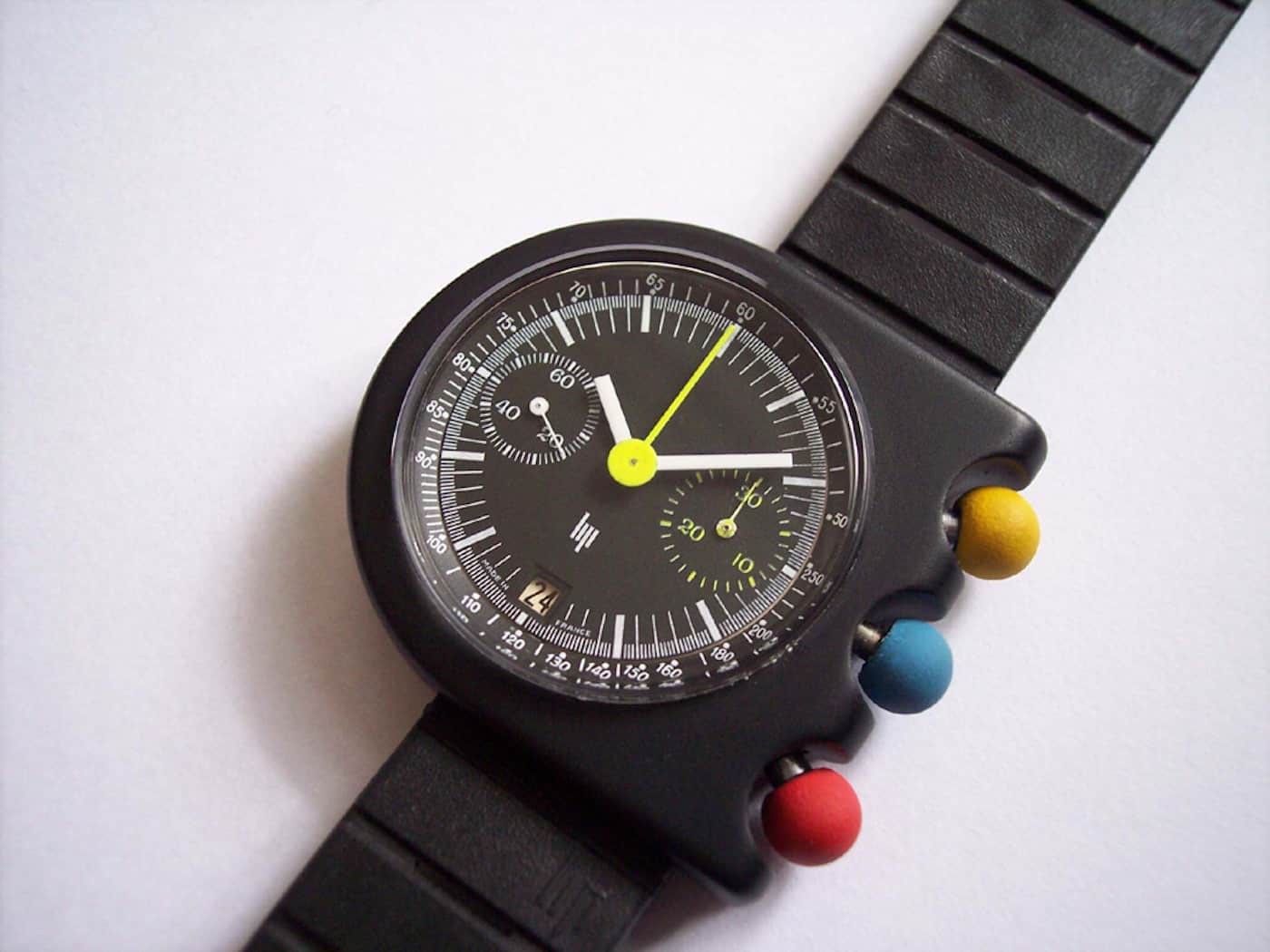Watch brands come, and watch brands go. For every Rolex, Oris, Omega, or Seiko, there are dozens of brands that either no longer exist, or have changed ownership operate in a fundamentally different way than they did in the past. Over the course of decades upon decades, manufacturers that were once strong and revered have faded away altogether or changed so dramatically they’re barely recognizable. Like the old country song, we’ve forgotten more than we’ll ever know.
Today we’re going to take a tour through several watch brands that we think you may have forgotten about. These brands have come and gone, and been through many changes throughout their sometimes very long histories. Some were once revered by many, while others were always made for a very specific niche. But just because these brands might not be the first to come to mind for many collectors and enthusiasts doesn’t mean they don’t have truly great watches in their archives – there are a lot of wonderful timepieces made by brands that we simply don’t discuss a lot anymore. Here are ten brands that we think are worth remembering.
Girard Perregaux
Girard Perregaux still exists, and is among the oldest watch brands that are still up and running. We’ve included GP here because while you may not have completely forgotten about them, they’re rarely included in the now never ending conversation around integrated bracelet sports watches, in which they have a very worthy entrant in the Laureato. While the Nautilus and Royal Oak generate long waitlists and dominate that particular discussion (along with a great many imitators that have their moment in the spotlight and then recede – looking at you Alpine Eagle), the Laureato sits unbought at authorized dealers everywhere. It’s a bit of a shame – the watch is really well designed and the brand’s history is nearly unmatched.
That long history means that Girard Perregaux has a truly vast back catalog of vintage watches, and because the brand isn’t at the tip of everyone’s tongue in 2020, there are deals to be had. Watches in the Gyromatic line, for example, are particularly historic, being the first watches to be outfitted with high frequency movements beating at 36,000 vibrations per hour. Gyromatics from the late 60s often feature interesting case designs with fancy lugs, and depending on condition and originality can be found between $1,000 and $4,000, fair prices for unique watches with real heritage from a brand that dates to 1791.









 Featured Videos
Featured Videos





